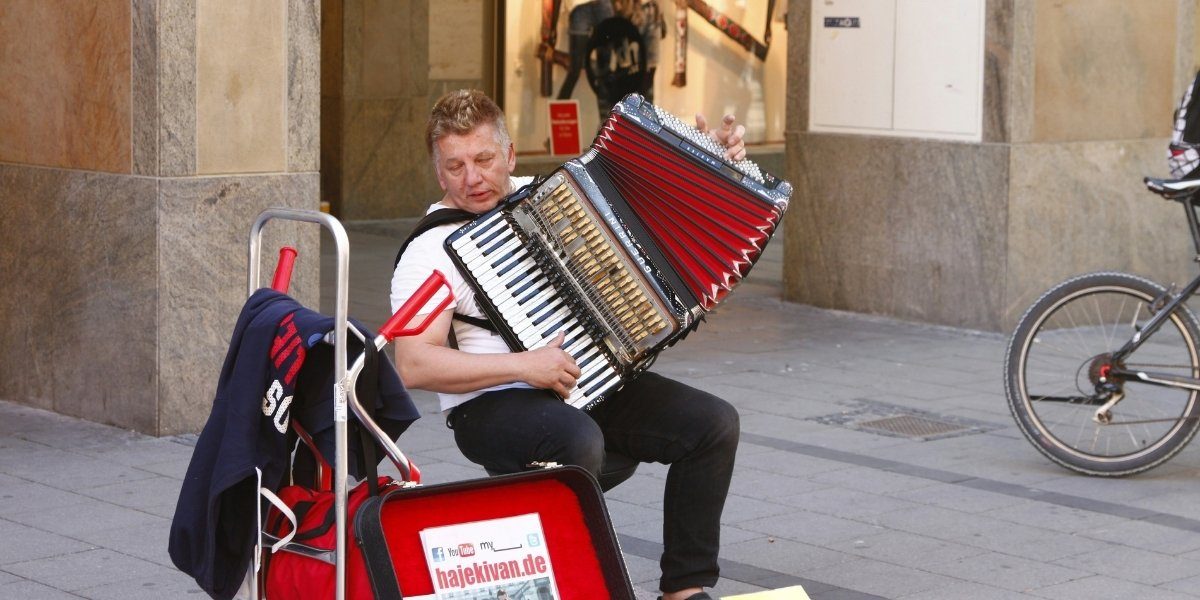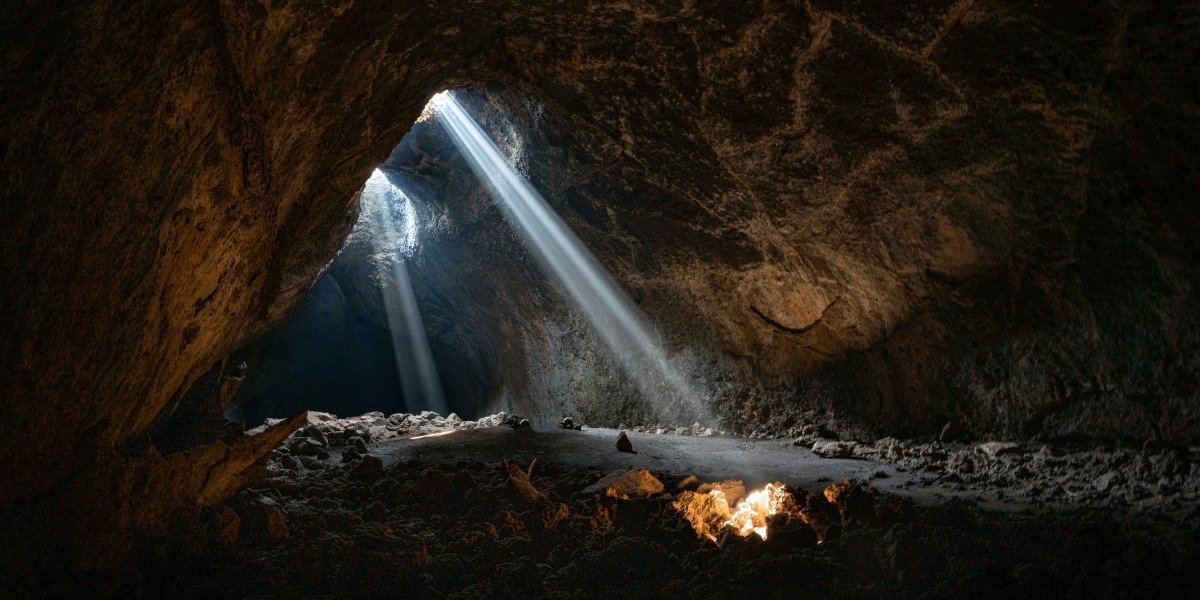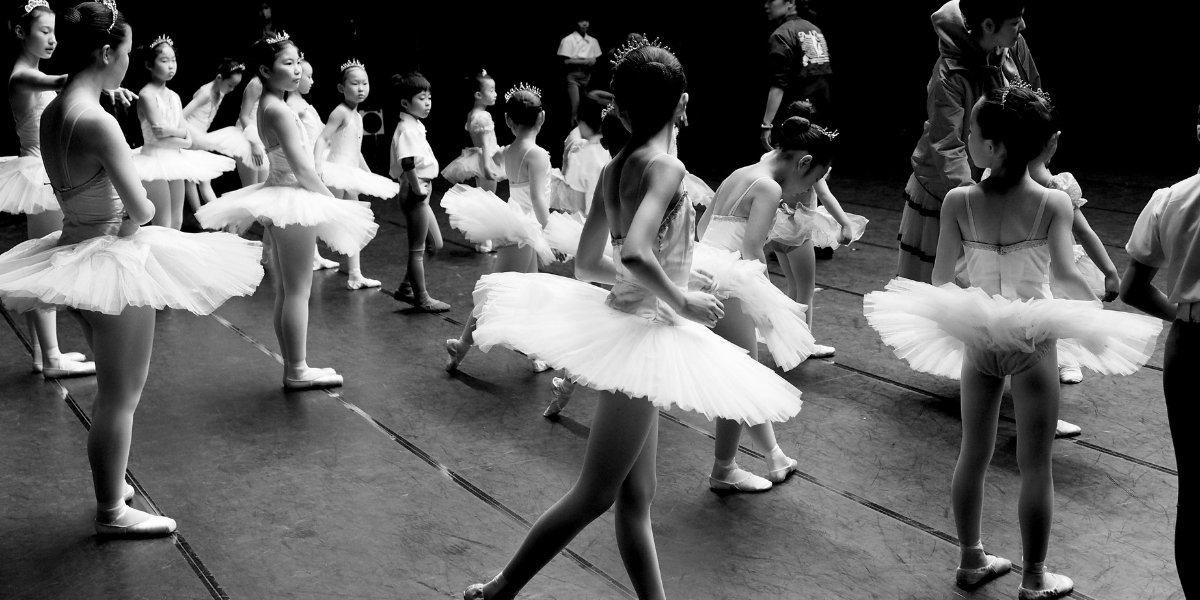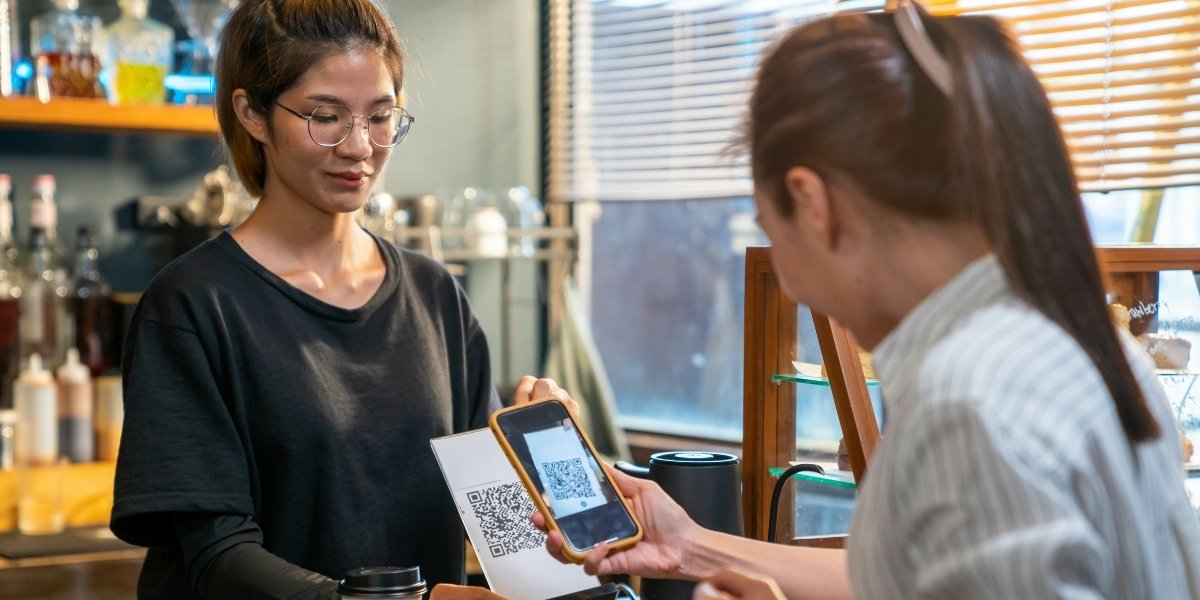How Do Street Performers and Buskers Enrich Urban Culture?
Street performers and buskers have long been vibrant threads woven into the fabric of urban life. Their presence enriches city streets, plazas, and parks by transforming everyday spaces into dynamic stages. Through music, dance, theater, and other artistic expressions, these performers breathe life into public areas, making art accessible to all.
Unlike traditional venues such as theaters or galleries, street performances are open to anyone passing by, removing barriers related to cost, location, or exclusivity. This accessibility fosters a unique cultural vibrancy that reflects the diversity and creativity of the city itself. Passersby experience spontaneous moments of joy, reflection, or surprise, creating shared memories rooted in place and time.
Furthermore, buskers often draw inspiration from local traditions, languages, and stories, contributing to a living cultural heritage. Their art is not only entertainment but also a form of storytelling that connects communities across generations and backgrounds. By enlivening urban spaces, street performers help cities cultivate a sense of identity that is authentic, evolving, and inclusive.
Read Also: Pedal Through Paradise: Top Countries for Your Next Cycling Adventure
What Role Do Street Performers Play in Community Engagement?
Street performers and buskers act as catalysts for community interaction and cohesion. Their art encourages people to pause, engage, and often participate, breaking down social barriers that urban life sometimes reinforces. In busy cityscapes where individuals can feel isolated, these performances create opportunities for connection and collective experience.
The informal nature of street performances invites diverse audiences—from tourists to local residents—into a shared moment. This inclusivity fosters a sense of belonging and mutual appreciation. Events featuring buskers can stimulate neighborhood pride, drawing attention to public spaces that might otherwise be overlooked.
Moreover, street performances often support local economies. Performers attract crowds that benefit nearby shops, cafes, and markets, strengthening community networks. Festivals and organized busking events further amplify this effect by spotlighting cultural vitality and encouraging social participation.
By providing a platform for emerging artists and voices, street performance cultivates grassroots cultural leadership. This empowerment nurtures community resilience and creativity, enhancing the social fabric of cities.
How Do Buskers Contribute to the Democratization of Art?
Busking is a powerful form of democratizing art by removing traditional gatekeepers like galleries, theaters, or critics. Street performers bring art directly to the people, making creativity visible and accessible without the need for formal institutions. This approach challenges conventional notions of who can create and consume art.
The public nature of busking allows anyone to experience art in their daily routines. It encourages spontaneous encounters that can inspire curiosity, reflection, or new perspectives. This accessibility is especially important in diverse urban environments where residents come from varied socioeconomic backgrounds.
Additionally, buskers often experiment with styles and forms that may be overlooked by mainstream venues. This freedom fosters innovation and diversity, contributing to a richer artistic ecosystem. By blurring boundaries between artists and audiences, busking invites everyone to be part of the creative process.
In a world where digital platforms dominate, street performance offers tangible, human-centered artistic experiences. It challenges the commercialization of culture by emphasizing authenticity, presence, and direct engagement.
What Challenges Do Street Performers Face in Urban Environments?
Despite their cultural and social contributions, street performers and buskers often navigate a complex landscape of challenges. Regulations, licensing requirements, and policing vary widely between cities and can sometimes restrict or criminalize busking activities.
Noise complaints, safety concerns, and competition for public space lead to tensions between performers, residents, and authorities. Balancing artistic freedom with community needs requires thoughtful dialogue and policy-making. Without supportive frameworks, buskers risk marginalization or displacement.
Economic uncertainty is another challenge. Many street performers rely on voluntary donations, making income unpredictable. This precariousness can limit their ability to sustain artistic careers or invest in their craft.
Moreover, the COVID-19 pandemic exposed vulnerabilities in live street performance, with public gatherings restricted and audience engagement diminished. Recovery efforts must consider how to support performers in rebuilding their livelihoods and re-establishing connections with communities.
Addressing these challenges demands collaborative efforts from city officials, cultural organizations, and communities to create inclusive, supportive environments for street performance.
Read Also: The Allure of Street Magic in Vegas
How Will Street Performers Shape the Future of Urban Culture and Art?
Looking forward, street performers and buskers will continue to play an essential role in shaping urban culture and art’s evolution. As cities become more digitized and commercialized, the human, spontaneous presence of street artists offers an invaluable counterbalance.
Emerging technologies may expand buskers’ reach and interaction, blending physical performance with augmented reality or digital platforms. However, the core of their impact lies in tangible, face-to-face connection—creating moments of wonder in everyday life.
City planners and cultural policymakers increasingly recognize the value of supporting street performance as part of vibrant, inclusive urban ecosystems. Investing in designated performance zones, streamlined permits, and community engagement programs will foster sustainability.
Street performers democratize art, enliven public spaces, and build community in ways that complement formal cultural institutions. Their continued presence ensures that urban culture remains dynamic, accessible, and deeply human.








